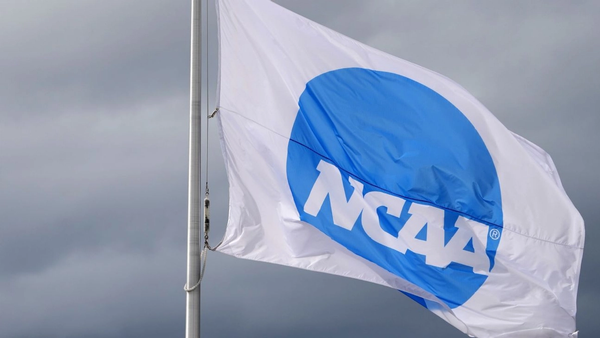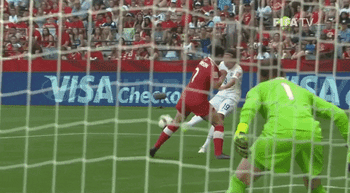Final approval of House v. NCAA settlement agreement will reshape college sports

The GIST: Last Friday, the $2.8B lawsuit settlement that will remake the business of college sports, House v. NCAA, was officially approved. This will usher in a new era where athletic departments can share up to about $20.5M of revenue per year directly with student-athletes via name, image, and likeness (NIL) deals.
- The watershed agreement will take effect starting July 1st, but with each school left to determine if and how it distributes revenue (not to mention myriad unresolved legal matters), many questions about the settlement’s implementation still linger.
How will the settlement impact women athletes? It won’t be consistent across the board. One of the most pressing questions is whether Title IX protections apply to shared revenue, which will likely be decided in future lawsuits. If they don’t, some non-revenue sports, including most women’s sports, could face cuts.
- But as Texas Tech softball star NiJaree Canady proved in last week’s NCAA Women’s College World Series, a comparatively small $2M investment in a women’s sports powerhouse can spawn a title run, where it could take up to $20M to capture a football title.
What control does the NCAA maintain over NIL deals? When it comes to NIL deals over $600 with entities like collectives and businesses, the org now has final say in whether a deal achieves “a valid business purpose” and reflects fair market value. Intended to prevent pay-for-play dynamics, the vague language opens up more legal debates and establishes another guardrail for brands seeking student-athlete partnerships.
Is the NCAA out of the woods? Before the parties settled, an unsuccessful trial could have put college sports’ governing body out of business. But the org still faces existential threats as some current and former student-athletes opt out of the settlement to retain the right to future lawsuits, while others push for employee status.
- The NCAA is continuing to lobby Congress and the White House for antitrust protections that would protect the current model, but whether the federal government will act remains to be seen. Watch this space.
Enjoying this article? Want more?

Sign up for The GIST and receive the latest women's sports business news straight to your inbox three times a week

